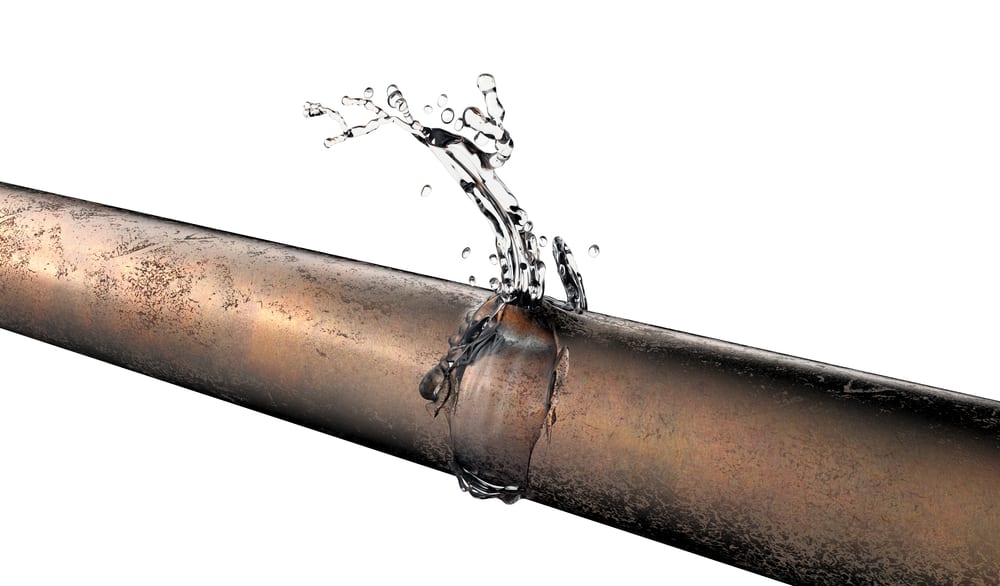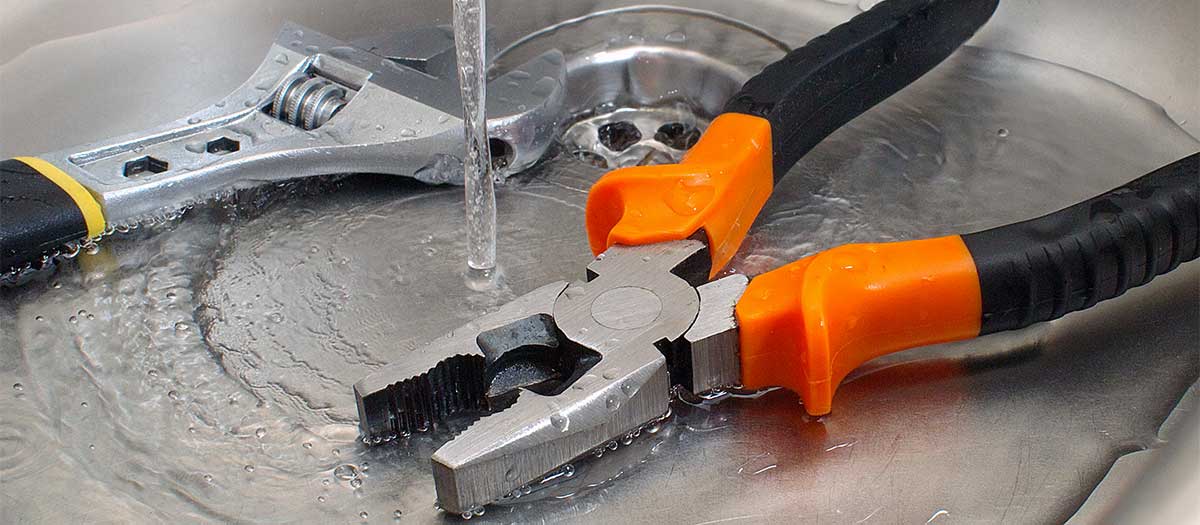We've stumbled on this post pertaining to Leaking water lines directly below on the net and reckoned it made sense to discuss it with you in this article.

Early discovery of leaking water lines can reduce a potential disaster. Some little water leakages might not be noticeable.
1. Take A Look At the Water Meter
Every home has a water meter. Inspecting it is a surefire way that helps you find leaks. For beginners, shut off all the water sources. Make sure no one will certainly purge, make use of the tap, shower, run the washing machine or dishwasher. From there, go to the meter and also watch if it will certainly alter. Because no one is utilizing it, there ought to be no activities. If it relocates, that indicates a fast-moving leakage. If you spot no changes, wait an hour or 2 and examine back once again. This means you might have a slow-moving leakage that can even be underground.
2. Inspect Water Intake
If you identify abrupt changes, regardless of your intake being the same, it means that you have leaks in your plumbing system. An abrupt spike in your costs indicates a fast-moving leak.
At the same time, a steady increase each month, despite having the same practices, reveals you have a slow-moving leakage that's additionally slowly rising. Call a plumber to thoroughly check your property, especially if you feel a warm area on your floor with piping below.
3. Do a Food Coloring Examination
When it comes to water usage, 30% comes from bathrooms. If the color in some way infiltrates your dish throughout that time without flushing, there's a leak between the container and also bowl.
4. Asses Exterior Lines
Do not forget to examine your outside water lines as well. Test faucets by connecting a garden tube. Must water seep out of the link, you have a loosened rubber gasket. Replace this and make certain all links are tight. It will aid get it professionally checked out as well as preserved yearly if you've obtained a sprinkler system. One small leak can throw away tons of water and surge your water expense.
5. Evaluate the scenario and evaluate
Property owners need to make it a practice to examine under the sink counters and also inside cabinets for any bad odor or mold and mildew development. These two red flags suggest a leak so punctual interest is called for. Doing routine evaluations, also bi-annually, can conserve you from a significant trouble.
Check for discolorations and also compromising as many appliances as well as pipelines have a life span. If you suspect dripping water lines in your plumbing system, don't wait for it to rise.
Early discovery of leaking water lines can alleviate a potential disaster. Some small water leaks may not be noticeable. Inspecting it is a proven method that aids you discover leaks. One tiny leak can squander loads of water and spike your water expense.
If you believe dripping water lines in your plumbing system, do not wait for it to intensify.
WARNING SIGNS OF WATER LEAKAGE BEHIND THE WALL
PERSISTENT MUSTY ODORS
As water slowly drips from a leaky pipe inside the wall, flooring and sheetrock stay damp and develop an odor similar to wet cardboard. It generates a musty smell that can help you find hidden leaks.
MOLD IN UNUSUAL AREAS
Mold usually grows in wet areas like kitchens, baths and laundry rooms. If you spot the stuff on walls or baseboards in other rooms of the house, it’s a good indicator of undetected water leaks.
STAINS THAT GROW
When mold thrives around a leaky pipe, it sometimes takes hold on the inside surface of the affected wall. A growing stain on otherwise clean sheetrock is often your sign of a hidden plumbing problem.
PEELING OR BUBBLING WALLPAPER / PAINT
This clue is easy to miss in rooms that don’t get much use. When you see wallpaper separating along seams or paint bubbling or flaking off the wall, blame sheetrock that stays wet because of an undetected leak.
BUCKLED CEILINGS AND STAINED FLOORS
If ceilings or floors in bathrooms, kitchens or laundry areas develop structural problems, don’t rule out constant damp inside the walls. Wet sheetrock can affect adjacent framing, flooring and ceilings.
https://www.servicemasterbyzaba.com/blog/how-to-detect-water-leakage-in-walls/

As a reader about Leaking water lines, I thought sharing that information was a good idea. Do you know somebody who is intrigued by the niche? Please feel free to share it. Thanks for your time. Come back soon.